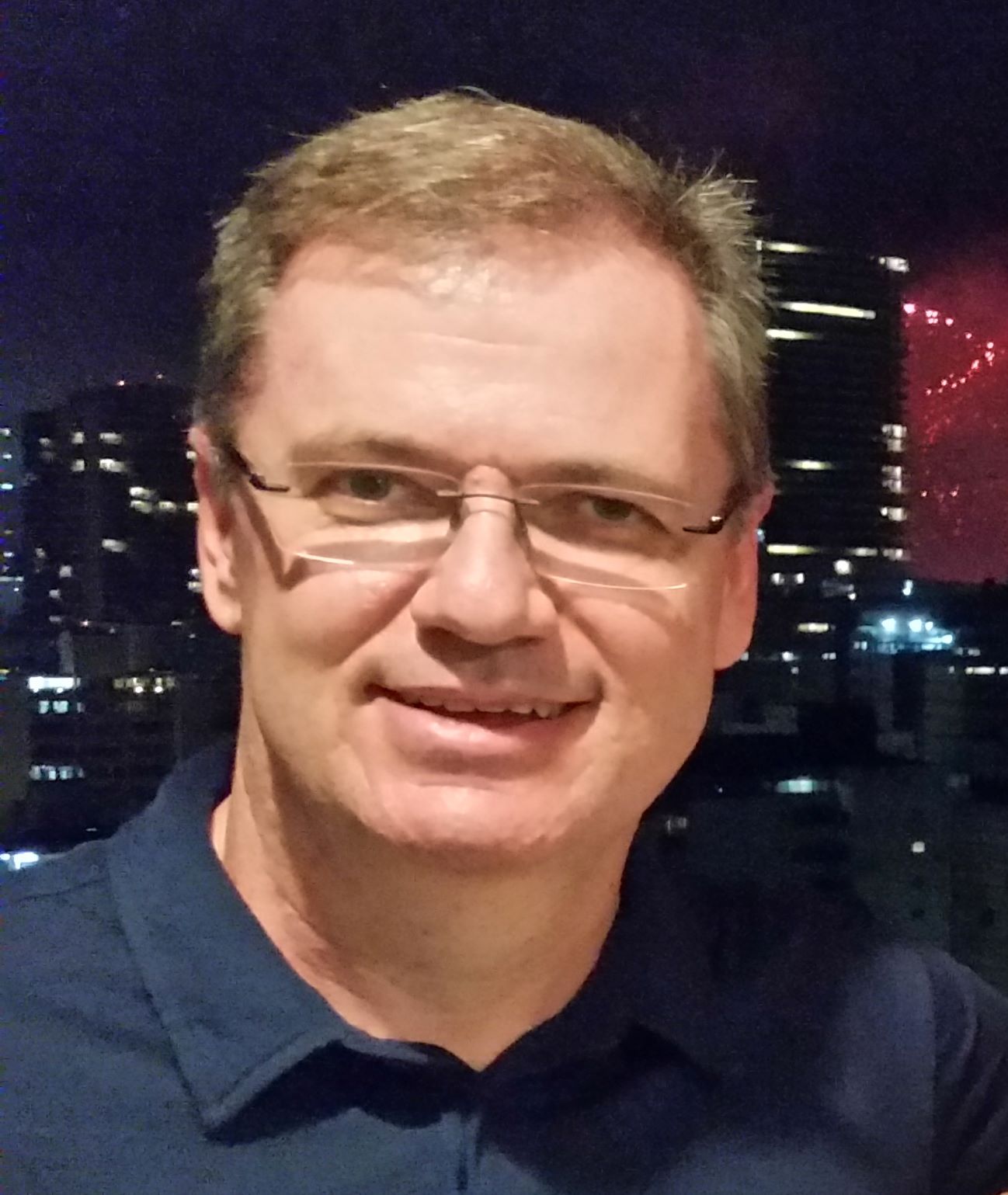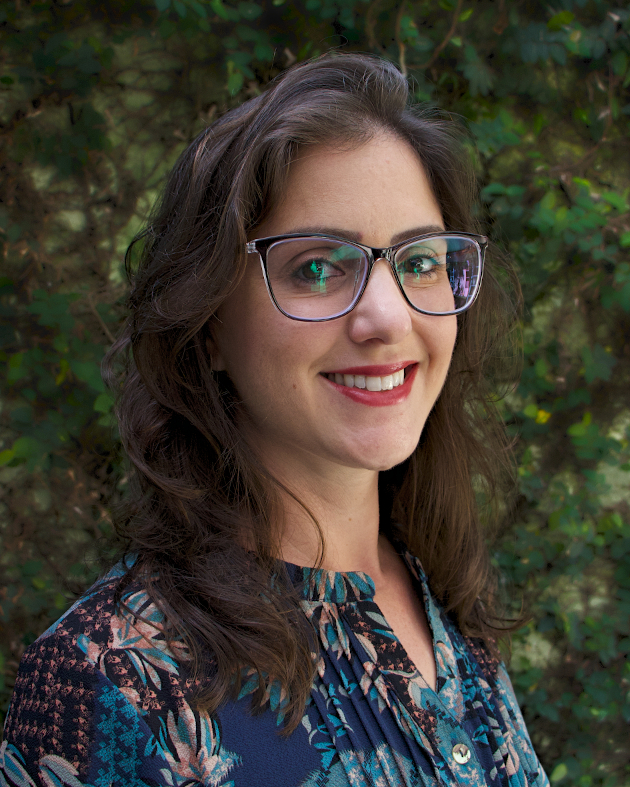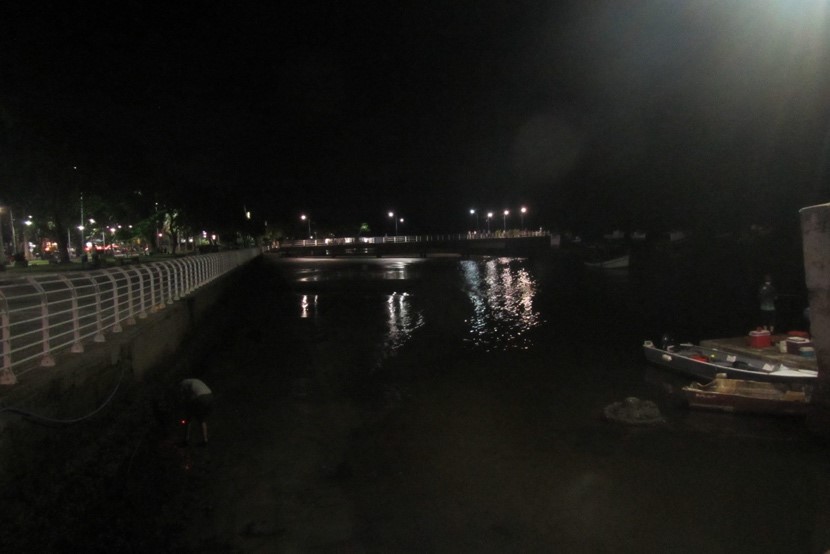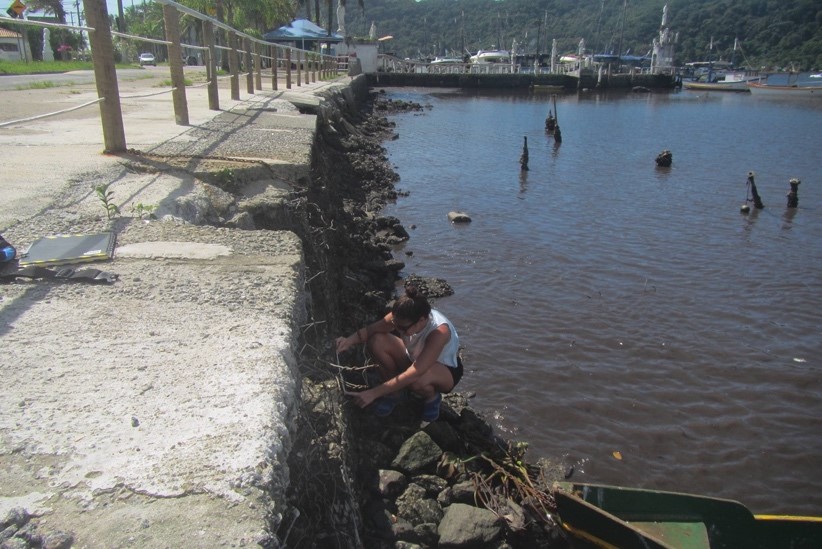 Ronaldo Christofoletti
Ronaldo Christofoletti
Ronaldo is Professor in Marine Ecology. His research is focused on disentangling the influence of natural and anthropogenic drivers on coastal biodiversity and ecosystem services from local to global scales. His recent aims are to provide an interdisciplinary view for ocean sustainability aligned to the UN Ocean Decade, and thus inform decision makers on effective management strategies to prevent or reduce anthropogenic impacts on coastal systems and maintain their current ecosystem functioning and services.

Dr Aline Sbizera Martinez
Aline is a Postdoc Research Fellow at the Institute of Marine Science (IMar). She is an ecologist who investigates natural and anthropogenic drivers of community dynamics and functioning of marine benthic ecosystems with the ultimate goal of developing nature-based solutions for improving ecosystem conservation and maintaining environmental sustainability. She uses a combination of field experimentation and modelling to test ecological theories on species distribution, habitat use and ecological functional responses to provide robust evidence to underpin ecosystem and natural resources management.
The Brazilian GLOW sites are located at Baixada Santista, a metropolitan area in the central coast of São Paulo estate in Southeastern Brazil. The Baixada Santista holds the largest Latin America port and one of the major industrial complexes in Brazil. At this location, the coastline encounters the mountain range called Serra do Mar, rising from 0 m to nearly 800 m. This landscape feature drives the local subtropical climate, which maintains high levels of humidity and cloudiness throughout the year. The combination of heat and humidity provokes heavy rains in summer. The shoreline is formed by sandy beaches intercepted by granite rocky shores covered with forests and several rivers flowing into the sea surrounded by mangroves. The sampling sites are specifically located in Bertioga town, north area of the Baixada Santista. The natural environment is less disturbed by anthropic activities and less populated compared to the other cities of the Baixada such as Santos and São Vicente. The artificial structures at this city are mostly seawalls made of concrete and granite blocks, piers and pilings that were built within the estuarine river mouth. Sites are located at 2 places, near a ferry boat and a fish market. The ferry boat sites are close to a storm water drainage and are potentially influenced by illegal domestic sewage disposal. The lit sites are illuminated by white light public poles, whereas the dark sites are shaded points from the public illumination.





